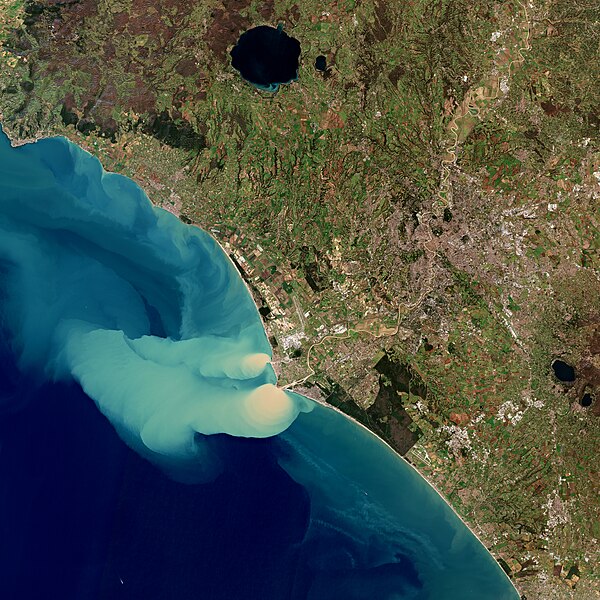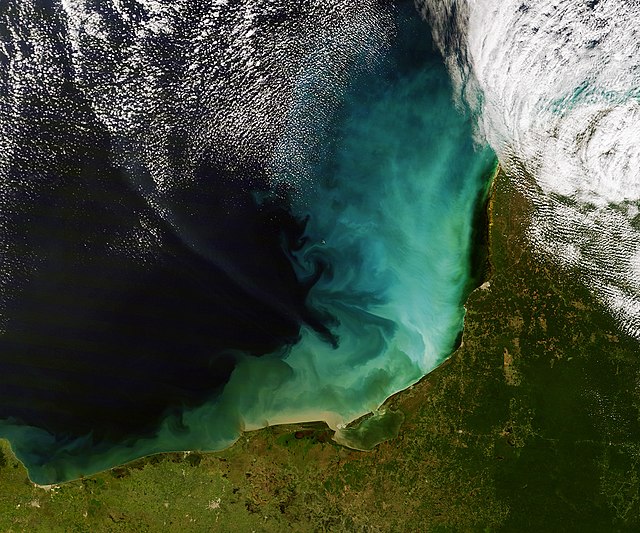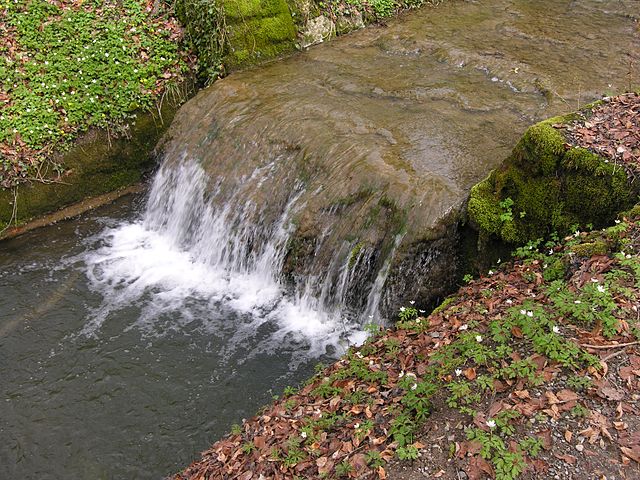Sedimentary basins are region-scale depressions of the Earth's crust where subsidence has occurred and a thick sequence of sediments have accumulated to form a large three-dimensional body of sedimentary rock. They form when long-term subsidence creates a regional depression that provides accommodation space for accumulation of sediments. Over millions or tens or hundreds of millions of years the deposition of sediment, primarily gravity-driven transportation of water-borne eroded material, acts to fill the depression. As the sediments are buried, they are subject to increasing pressure and begin the processes of compaction and lithification that transform them into sedimentary rock.
Simplified schematic diagrams of common tectonic environments where sedimentary basins are formed
Typical rift formation in cross-section
Schematic cross-section of a typical convergent plate boundary showing formation of back-arc and forearc basins
Trench fill sedimentary basin in the context of a convergent plate boundary
Sediment is a naturally occurring material that is broken down by processes of weathering and erosion, and is subsequently transported by the action of wind, water, or ice or by the force of gravity acting on the particles. For example, sand and silt can be carried in suspension in river water and on reaching the sea bed deposited by sedimentation; if buried, they may eventually become sandstone and siltstone through lithification.
River discharging sediment into the ocean
Sediment in the Gulf of Mexico
Sediment off the Yucatán Peninsula
Sediment builds up on human-made breakwaters because they reduce the speed of water flow, so the stream cannot carry as much sediment load.








